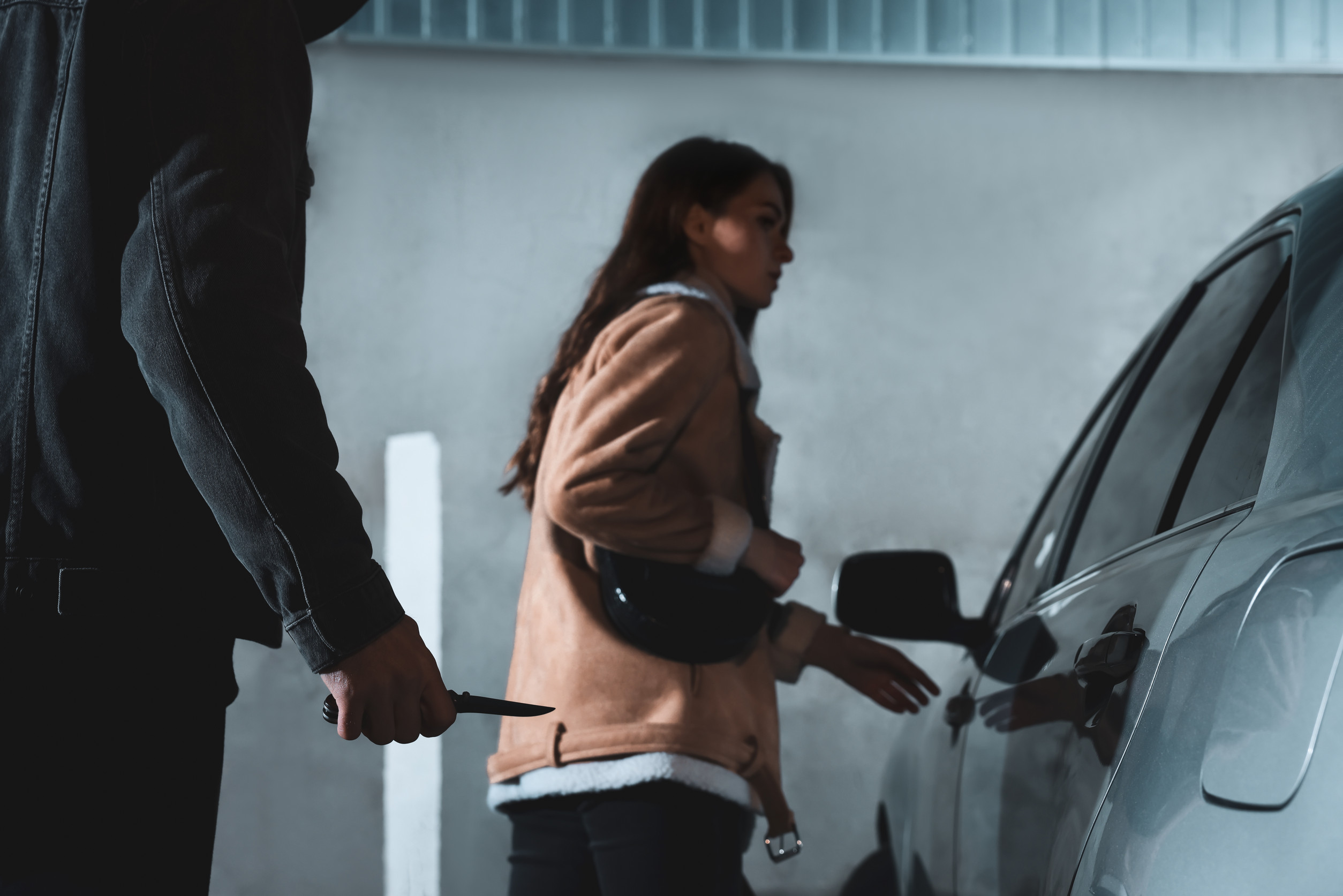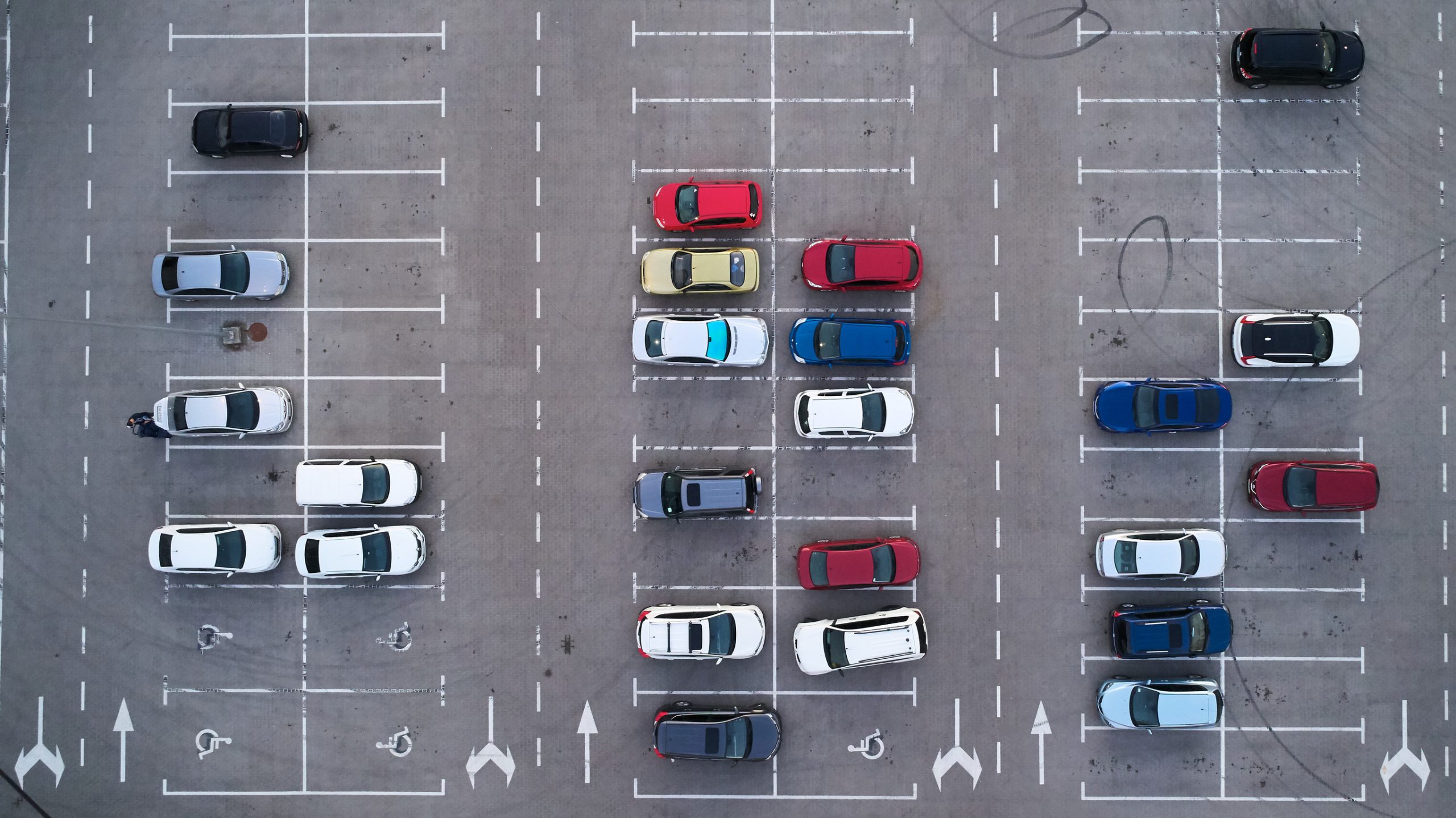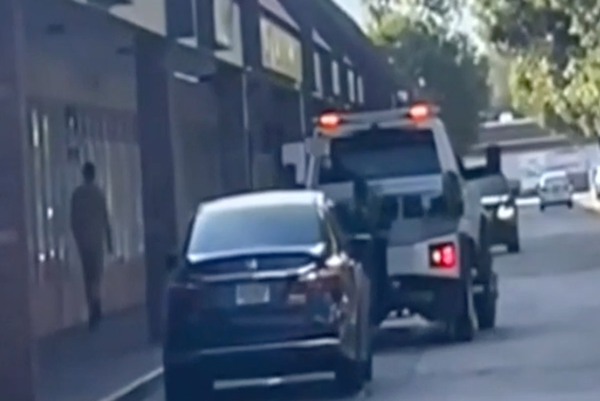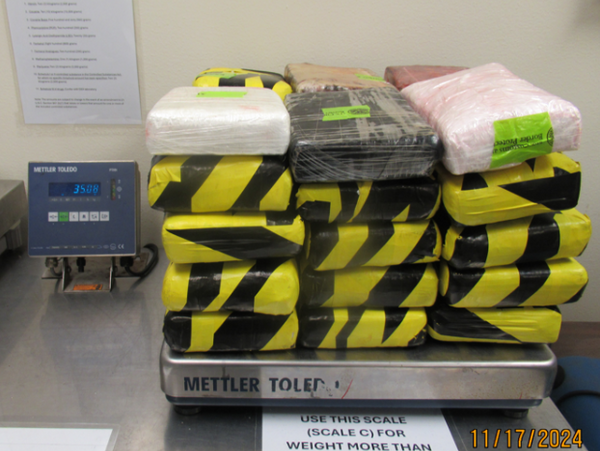
Grocery store parking lots are busier than ever, with shoppers juggling carts, phones, and children—all while trying to get in and out quickly. Unfortunately, that chaos creates the perfect cover for criminals looking to strike when defenses are down. While many people think of grocery stores as safe, everyday places, predators know they’re fertile ground for distraction, carelessness, and vulnerability.
Criminal tactics are evolving fast, and most shoppers don’t realize how calculated these schemes have become. Knowing what to watch for could mean the difference between a routine trip and becoming a victim.
1. Distraction Scams That Split Your Attention
One of the oldest tricks in the book is still one of the most effective. A stranger might approach with a seemingly innocent request—help finding a lost item, directions, or even a dropped wallet. While you’re answering, an accomplice swoops in from the other side to snatch your bag, phone, or recently loaded groceries. These setups often happen near your vehicle while you’re unloading or just before getting inside. Criminals rely on the fact that people don’t expect coordinated thefts in such everyday environments.
2. “Bump and Grab” Incidents in Crowded Lots
In crowded lots, light fender benders are more common—and some are entirely staged. A criminal may purposely rear-end a car gently and wait for the driver to step out and assess the damage. While the victim’s attention is focused on the car, an accomplice opens a door and grabs a purse or backpack left inside. Sometimes it happens so fast, the victim doesn’t realize what’s missing until the scammers are gone. It’s a distraction with just enough plausible deniability to keep the thief moving before anyone reacts.
3. Fake Panhandlers or Petitioners as Lookouts
Some criminals pose as panhandlers, survey takers, or volunteers collecting signatures near the entrance of the store or by cart returns. While they may seem harmless or even friendly, their real role is often surveillance. They watch for shoppers who are alone, distracted, or carrying expensive items, then alert nearby accomplices. These lookouts often communicate via text or discreet hand signals to let others know when to act. It’s a quiet but highly organized way to identify and target victims.
4. Key Fob Interference to Block Vehicle Locking
Tech-savvy thieves are now using signal jammers to block key fob signals when drivers try to lock their cars. The driver believes their vehicle is secure, but the doors remain unlocked, giving the criminal easy access once the coast is clear. These devices are small and can be hidden in pockets or under clothing, making them hard to detect. By the time the victim returns, valuables may be gone—without any sign of forced entry. The entire theft happens silently and invisibly in broad daylight.
5. Staged “Found Money” or Wallet Scams
Some scammers drop a wallet or cash near an unsuspecting person, then act like they discovered it at the same time. They suggest splitting the “found” money and convince the victim to hand over some of their own as a show of good faith. It’s a psychological trick that plays on greed and confusion, often leaving the victim embarrassed and out hundreds of dollars. These cons often happen in the parking lot or just outside the store, where security is looser. The swindler vanishes before the target realizes they’ve been conned.
6. Vehicle Blocking for Intimidation or Theft
Criminals sometimes park close to a shopper’s car to limit visibility and make it harder to spot what’s going on. Once the victim is near their vehicle, the thief uses the physical space to corner them or to break into the car unseen. Some may even wait until the victim is inside the vehicle before attempting a door pull or smash-and-grab. The confined space of a parking lot makes it difficult to escape or get help quickly. These setups are usually premeditated and rely on catching someone off guard.

7. Stalk and Follow Behavior After Shopping
Some criminals identify targets inside the store, then follow them out and monitor their actions in the parking lot. They might trail them on foot or in another car, waiting for the right moment to strike. If the victim makes multiple stops or runs errands, the stalker uses that opportunity to break into the vehicle when it’s parked again. In more serious cases, the criminal follows the victim home to carry out a burglary or car theft later. It’s a chilling tactic that preys on routine and trust in familiar surroundings.
Stay Sharp and Speak Up
Criminal tactics in grocery store parking lots are evolving, but awareness is the first defense. These aren’t crimes of opportunity—they’re calculated, often rehearsed, and designed to catch people in moments of vulnerability. Spotting red flags like unusual behavior, coordinated distractions, or vehicle interference can prevent theft before it happens. Everyone benefits when shoppers stay alert, report suspicious activity, and share what they’ve seen.
If this article opened your eyes or you’ve noticed similar tactics, leave a comment and join the conversation—your insight might help someone else stay safe.
Read More
10 Ways Thieves Use Your Trash Against You
10 Things Criminals Look for When Choosing Their Next Victim
The post 7 Grocery Store Parking Lot Tactics Criminals Are Using appeared first on Everybody Loves Your Money.







